Federal budget: Morrison’s plan to subsidise new jobs
Scott Morrison is considering wage incentives for businesses to take on extra workers.
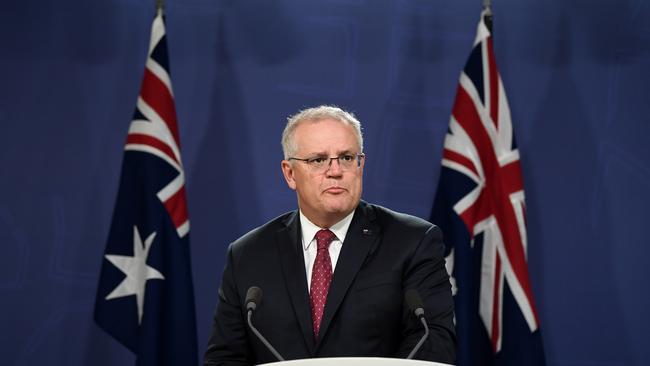
Scott Morrison is considering wage incentives for businesses to take on extra workers as part of a comprehensive jobs plan to fast-track the post COVID-19 economic recovery that will be unveiled in the October 6 budget.
With support from the JobKeeper and JobSeeker programs to begin to taper from next week, the federal budget will look to boost incentives for companies to re-engage workers and employ staff as COVID-19 restrictions lift.
As Josh Frydenberg finishes a budget that is expected to have a record deficit exceeding $200bn, senior government sources are buoyed by lower infection rates in Victoria and say the success of the nation’s second-largest state in suppressing its second wave will be crucial to the speed of the recovery.
The jobs incentive plan would likely involve the government making a conditional contribution towards the wages of new employees so small and medium-sized businesses could take on extra staff as the government seeks to drive down the unemployment rate.
The recovery plan, which is expected to bring forward planned income tax cuts, will also include major infrastructure and skills programs with an emphasis on regional towns that are expected to receive a boost from the increase in telecommuting sparked by lockdowns.
The Prime Minister said on Sunday the budget would seek to boost the economy by moving workers off income-support programs and into work.
“What Treasury says is that we need to boost aggregate demand in our economy and the full suite of measures you have as a government need to do that job and that’s what the budget will do,” he told the ABC.
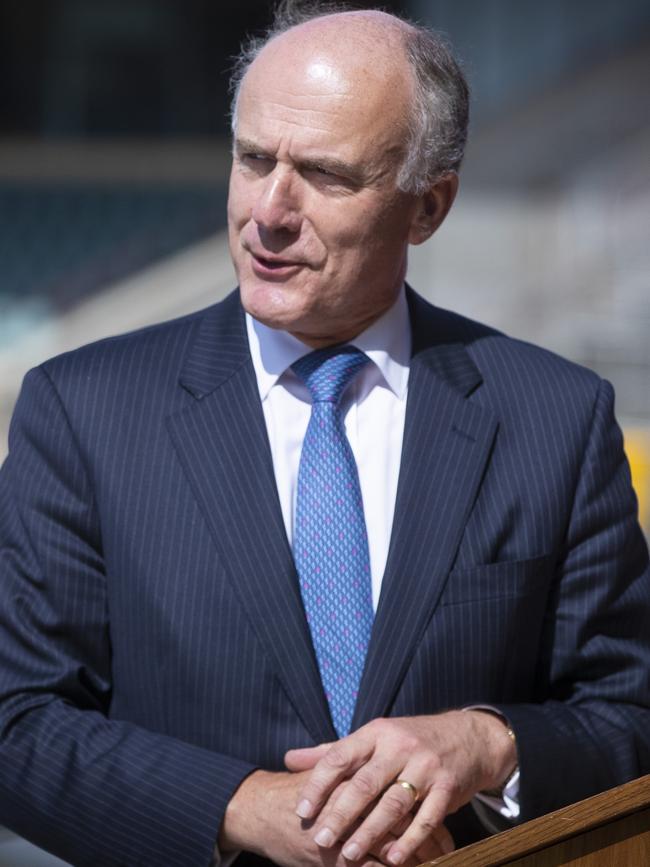
“And so you don’t have to hold on to every measure forever. There are other measures that come in and pick up from where others left off. We are transitioning JobKeeper — it’s important to do that. We always said it was not something that would be around forever.
“But there are other programs and the Treasurer will go into greater detail about that obviously in the budget, which are dealing with the here and now, but rebuilding our economy and then building it for the future so we can go into a decade of prosperity.”
The government was encouraged by the strength of jobs figures released last week that showed a surprise plunge in the jobless rate to 6.8 per cent from 7.5 per cent in July.
JobKeeper payments will fall to $1200 a fortnight for full-time workers and $750 for part-time employees from September 28, and to $1000 and $600 respectively in January.
The changes will also mean businesses with a turnover of less than $1bn must demonstrate a 30 per cent fall in the quarter compared with last year; companies with a turnover of more than $1bn must show a 50 per cent decline.
Businesses will have turnover assessed in the June, September and January quarters to decide whether they can stay on the wage subsidy scheme.
Economists expect unemployment to rise sharply in the months ahead as JobKeeper payments taper off.
UBS economist George Tharenou, in a note to clients, said he “now expect(s) the peak in unemployment to be later, perhaps not until 2021; albeit probably under 9 per cent”.
Nine newspapers on Sunday reported senior ministers were preparing for an unprecedented level of spending, with the deficit expected to be higher than $200bn.
Some of that spending will be tied to bringing forward already legislated personal income tax cuts, targeting the top threshold, which were expected to begin in 2022. The Australian has previously reported the HomeBuilder construction package is also likely to be extended.
Coalition MPs told The Australian on Sunday they expected the personal income tax cuts to be brought forward in the budget. Tasmanian senator Eric Abetz, the former industrial relations minister, said a tax cut would be a better form of stimulus than more government spending. “The best economic stimulus is a tax cut because it provides incentives for individuals and individuals to spend more of their own money, instead of government taxing then trying to spend,” Senator Abetz said.
Queensland senator Gerard Rennick said he would like to see tax cuts that focused on lower- and middle-income earners rather than those with higher incomes.
“People earning over $150,000 already have a job … lower income tax cuts mean more carrot, more wealth for toil, not wealth for welfare,” Senator Rennick said.
Coalition MPs said they also hoped for a focus on revitalising domestic manufacturing to create post-coronavirus jobs and reduce economic reliance on China.
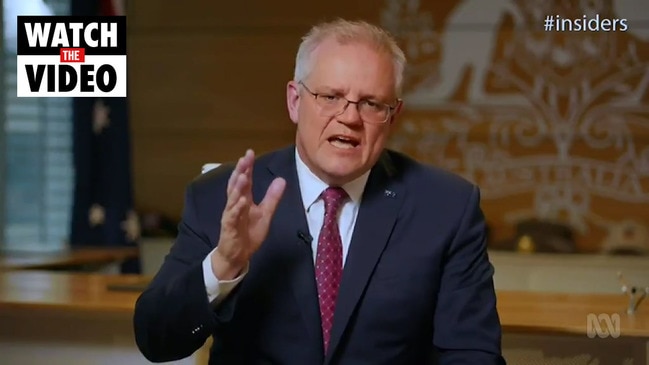
Nationals Senate leader Bridget McKenzie told The Australian that a boost in regional manufacturing would lift the bush from the economic damage caused by state border closures and the Victorian outbreak. “I’m looking for a focus on regions leading the recovery through infrastructure investment (hard and communications) and advanced manufacturing creating sustainable rewarding local careers,” she said.
“Our food, fibre, forestry and mining industries have positive futures — we want long-term sustainable careers in processing these products locally.”
Nationals senator Matthew Canavan, a former resources minister, said support throughout the Coalition was increasing for making more products in Australia.
“There’s a groundswell of support for Australia to start making things again,” he said. “That’s crucial to reduce our dependence on China and improve the stability of supply chains.”
Victorian Liberal MPs — representing the state worst hit by the pandemic — are also looking for a manufacturing-focused budget.
Geelong-based senator Sarah Henderson said on Sunday that she was “keen to see more major road and rail investments and a further boost for Australian manufacturing”.
Liberal MP Katie Allen, representing the inner-Melbourne electorate of Higgins, also backed a domestic manufacturing budget push. “This means building on our leading health capabilities using smart technologies, but also developing significant value-add capabilities in food and agriculture,” she said.





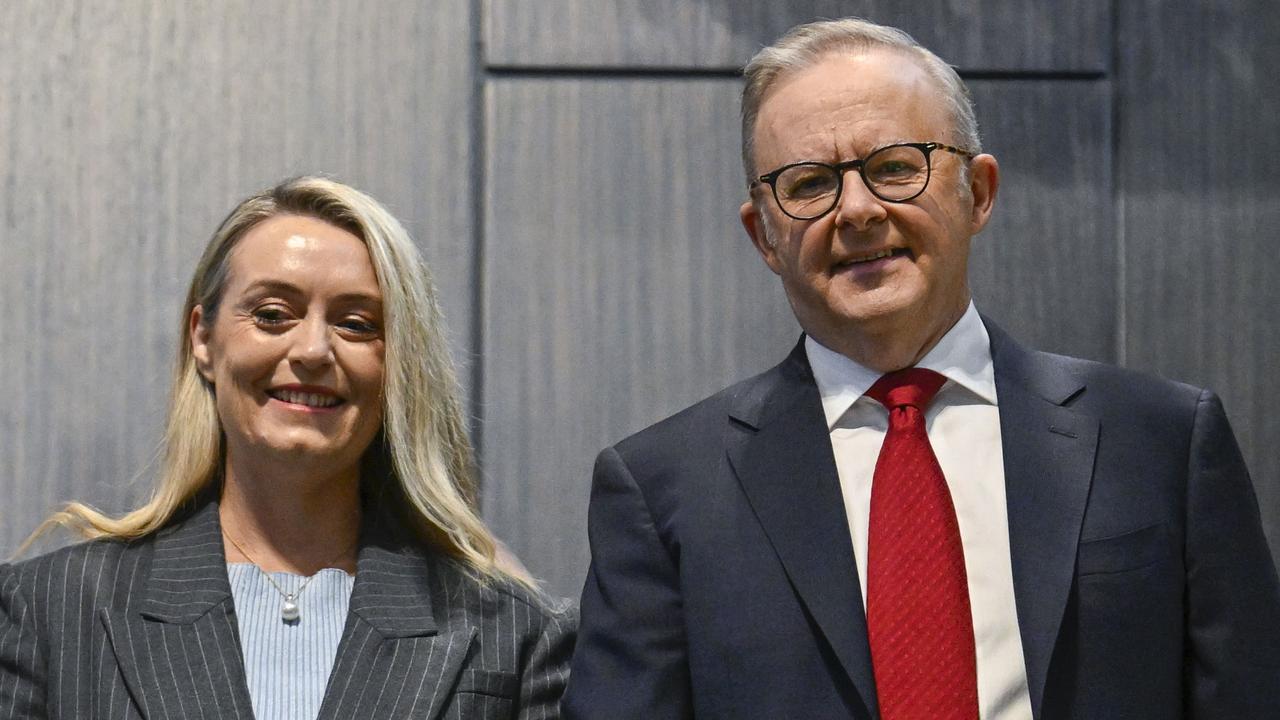
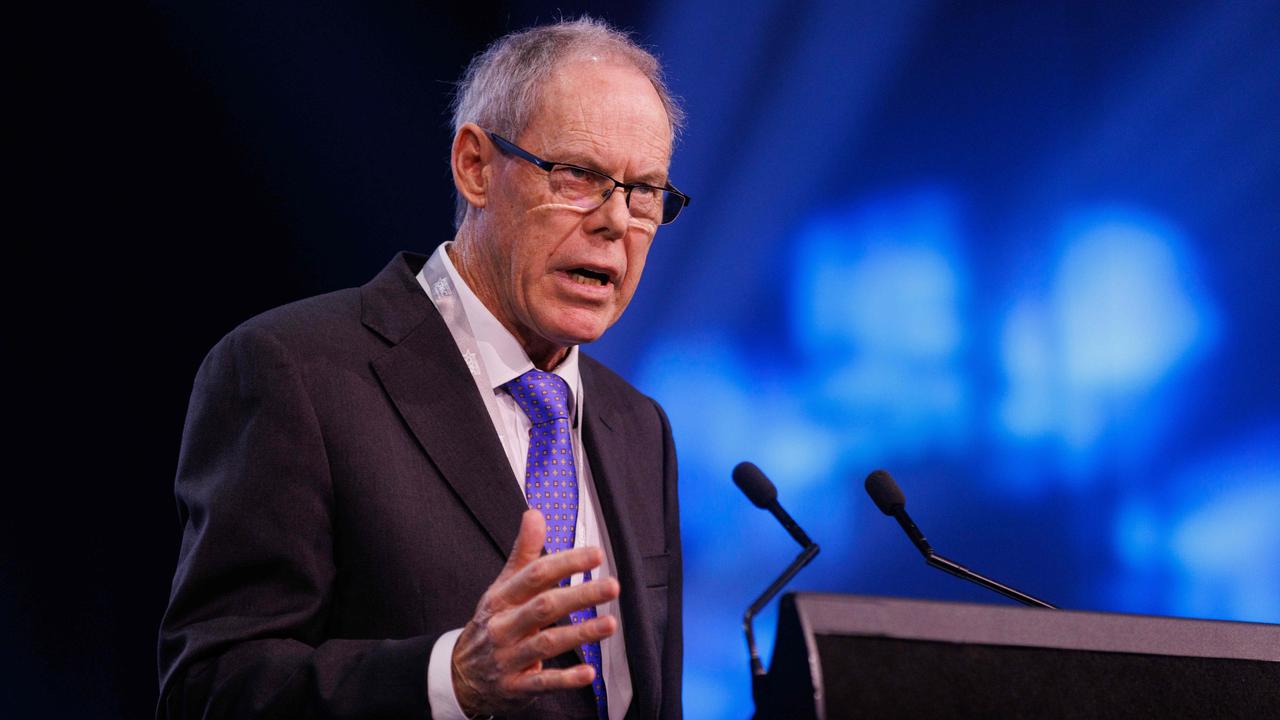
To join the conversation, please log in. Don't have an account? Register
Join the conversation, you are commenting as Logout